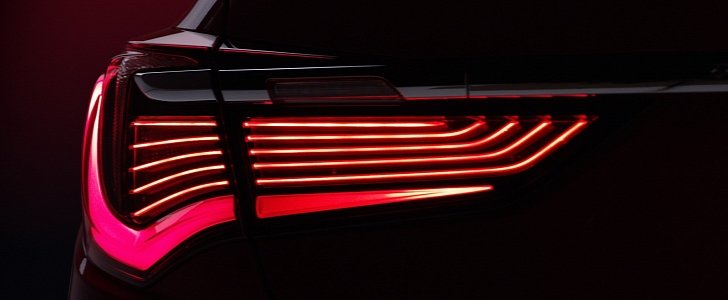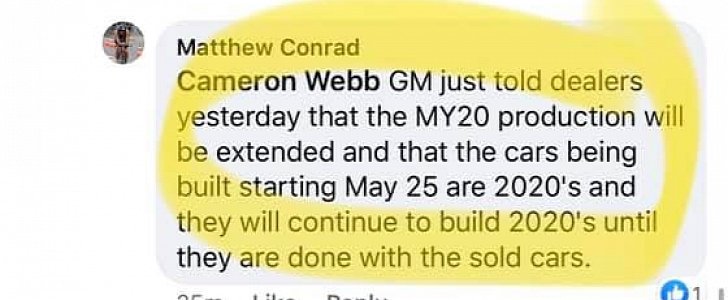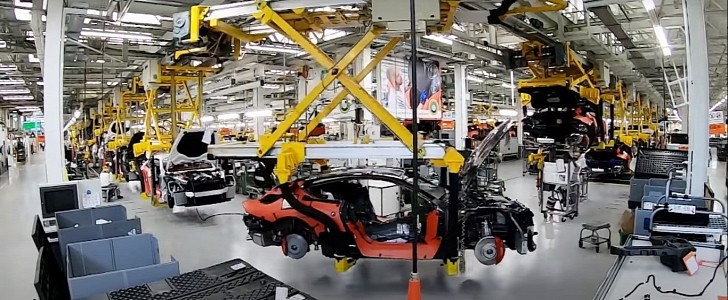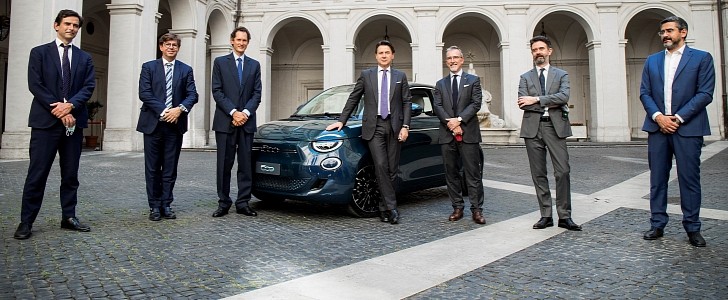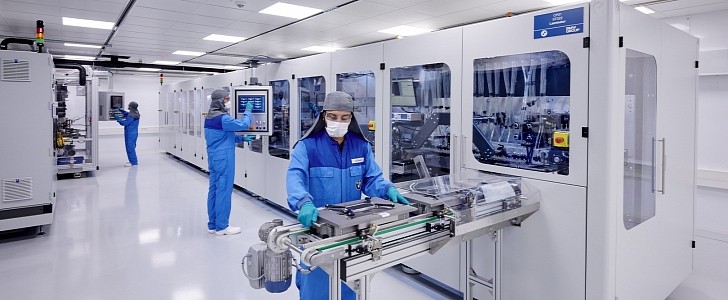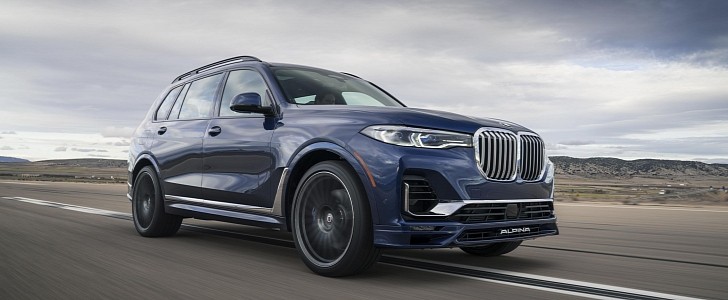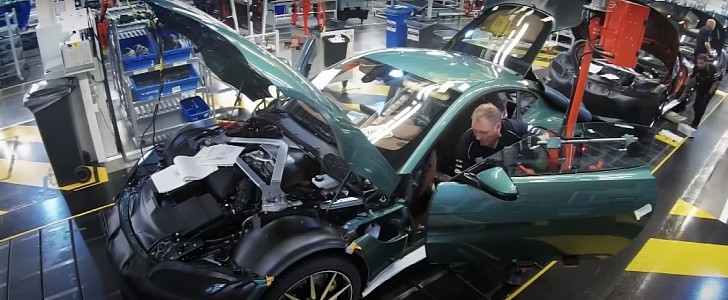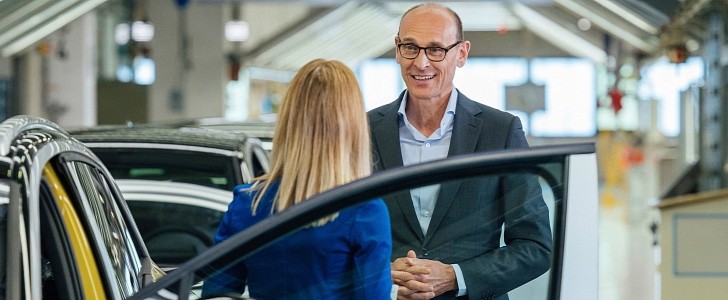Acura RLX Luxury Sedan Phased Out Over Slow Sales, 2020 Is the Final Model Year
16 May 2020, 19:53 UTC ·
by Mircea Panait
Home > News > Car Profile
From 5,014 units in 2013 to 1,019 in 2019 in a market as large as the United States is a bit of a shame, isn’t it? These are the sales figures of the RLX, the executive sedan that Acura sells in this part of the world. Honda markets it in Japan as the Legend. At the end of the 2020 model year, the U.S. version will bow out with a whimper instead of a bang.
22 photos
Automotive News has learned that Acura will drop the nameplate to focus on more lucrative products, namely crossovers and SUVs. Even the Legend is understood to be on the chopping block given its age, but no confirmation has been offered in this regard. Both sedans are built by Honda in Japan at the Sayama plant in Saitama, and the Legend comes exclusively with SH-AWD, the automaker’s acronym for Super Handling All-Wheel Drive.
With the departure of the RLX from U.S. shores, the remainder of the lineup will be completely American. From the compact ILX to the mid-size MDX and mid-engine NSX, all of these cars are built – with locally-sourced parts and a lot of pride – in the United States of America.
The 2020 RLX is more expensive than the MDX at $54,900 right off the bat, not including destination charge. A V6 with 310 horsepower (314 PS) comes standard while the Sport Hybrid levels up to 377 horsepower (382 PS) and a combined fuel economy of 28 miles to the gallon (8.4 liters per 100 kilometers). With the Advance Package, make that $61,900.
No fewer than seven exterior colors, four interior options, and three wheel designs are available. A decklid spoiler adds $410 to the tally while LED fog lights retail at $750. As you can tell, it’s not the most interesting sedan out there nor is it good value for the money.
The Genesis G80 comes to mind, battling for the same customers as the RLX with a rear-/all-wheel-drive platform instead of front-/all-wheel drive. The South Korean competitor kicks off at $42,550 for the 2020 model year while the 2021 redesign with GV80 cues still hasn't been priced.
click to load Disqus comments for this storyThis enables Disqus, Inc. to process some of your data.
